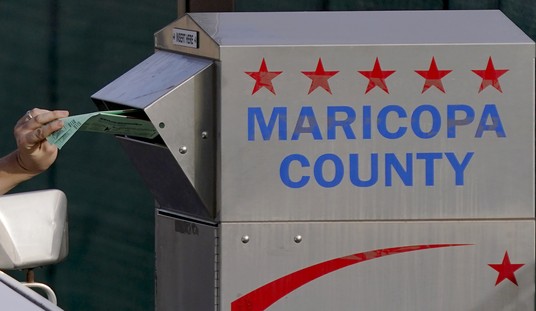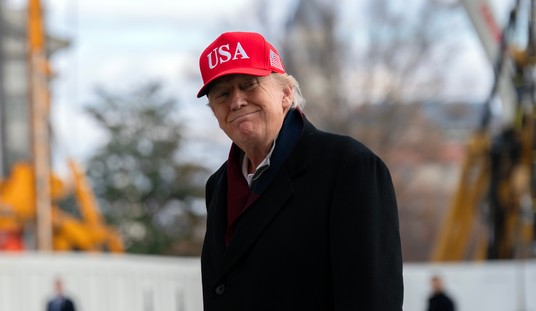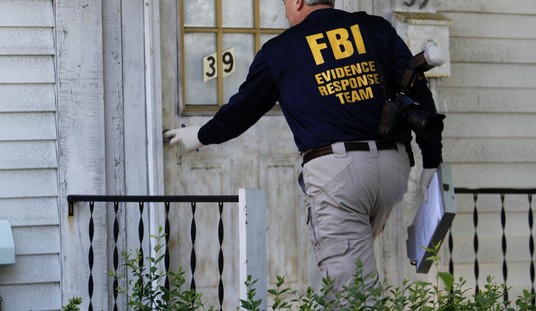One of the most anticipated movies this December is Quentin Tarantino’s take on the American Western. In his last family-time Christmas outing, the writer, director and producer graced us with Django Unchained, a bitter and bloody look at the Deep South before the Civil War. This holiday season finds him presenting story lines from the Old West in The Hateful Eight.
Tarantino films are famous for their derivative characters who absorb movie pop culture from other eras and regurgitate them on screen as a remixed homage.
Here are the movie roots of the Tarantino Western.
#1. The Treasure of the Sierra Madre (1948): Since the days of Edison, Westerns have been big movie business. Audiences couldn’t get enough of films like John Ford’s Stagecoach (1939). John Huston’s drama delivered something new and different. In the fading days of the Old West, a group of down-on-their-luck prospectors strike gold, and greed proves to be their undoing. No cowboys and Indians, no white or black hats. Everybody dies. This movie introduced audiences to the anti-hero and places in the Old West where virtue was as scarce as an honest gambler.

#2. A Fistful of Dollars (1964): It’s well-known that Tarantino loves to use elements from Spaghetti Westerns (schlocky cowboy movies produced in Europe) in his films like Kill Bill (2003). Between 1960 and 1980, over 600 European Westerns were made for the silver screen. Maybe Tarantino hasn’t seen all of them, but he definitely watched one or two. Without question, the most influential of them all might be this movie from Italian director Sergio Leone. It is one of the first films dubbed into English and screened for American audiences. A stranger arrives in town, shoots everybody and rides away. The film cost $200,000 to make and grossed $14.5 million in the U.S. — results that virtually guaranteed many imitators.

#3. The Good, the Bad and the Ugly (1966): Following the success of A Fistful of Dollars, Leone delivered his masterpiece of Western mayhem. It took in over $25 million at the box office, despite mixed reviews. Americans were ready for Westerns where all the heroes were bad guys. This film boasted three of them, brutal gunslingers all competing for a cache of Confederate gold.

#4. Django (1966): Meet the namesake of Tarantino’s Django Unchained. This film, from Sergio Corbucci, was one of many trying to catch the Sergio Leone money train. Django is a drifter seeking revenge for the man that murdered his wife. Even for a European film the violence was over the top. It was controversial in Italy, Sweden banned it outright, but Americans liked it. The movie critic for the San Francisco Examiner called it “one of the greatest of all Spaghetti Westerns.” There was also a sequel, Django Strikes Again (1987).

#5. My Name Is Nobody (1973): After a while (like most movie trends), Spaghetti Westerns turned into self-parody. Tonino Valerii directed this over-the-top take of the Old West with the help of Sergio Leone. A nameless drifter and a legendary aging gunslinger wreak havoc across several states and territories. The film’s comedic touches show the humorous side of shoot-outs, train robberies and bank stick-ups. The movie marked the beginning of the end of the American fascination with the Italian perspective on the Wild West, but it is the perfect Western for Tarantino, who loves to mix comedy and violence.

#6. The Wild Bunch (1969): Hollywood’s influence over the Western film didn’t disappear altogether during the salad days of the Spaghetti Western. Sam Peckinpah’s movie about an outlaw gang on the Texas–Mexico border is a milestone of modern film-making. It also has two features that are foundational for a Tarantino feature—flawed, corrupt heroes and graphic violence.

#7. The Magnificent Seven (1960): Before the rise of the Spaghetti Western, we liked our heroes to act heroic. John Sturges delivers the quintessential action-Western movie. Everything about this film, from the score to the casting, is moving and memorable. There is a reason it makes the Library of Congress’ list of “culturally, historically, or aesthetically significant” films. A team of gunfighters defends a small Mexican village from marauding bandits. It is like the Avengers meets the Alamo (a movie we are sure to see from Tarantino at some point). There was a terrible sequel — Return of the Seven (1966) and a worse remake, The Magnificent Seven Ride! (1972). There’s also another remake slated to come next year, and it will likely be terrible as well. You should never mess with movie perfection, yet they try. The original film was so powerful and influential, no wonder filmmakers, Tarantino included, endlessly try to recapture its magic.

#8. Seven Samurai (1954): Akira Kurosawa so loved American Western films that he repackaged them for Japanese audiences, setting them in the Tokugawa era. The plot may sound familiar: a team of samurai defend a small rural village against marauding bandits. That’s right, the Magnificent Seven is an American remake of a Japanese film imitating American westerns. This is exactly the kind of pop-culture blender that appeals to Tarantino, who draws his inspiration from everything from kung fu films to grindhouse movies.
A parcel of anti-heroes and a measure of gore and violence with a dollop of a desperate situation have all made appearances in the great American-Italian-Japanese Western before. But now, Tarantino is poised to take his turn. See how much of these eight films you can find in The Hateful Eight.









Join the conversation as a VIP Member